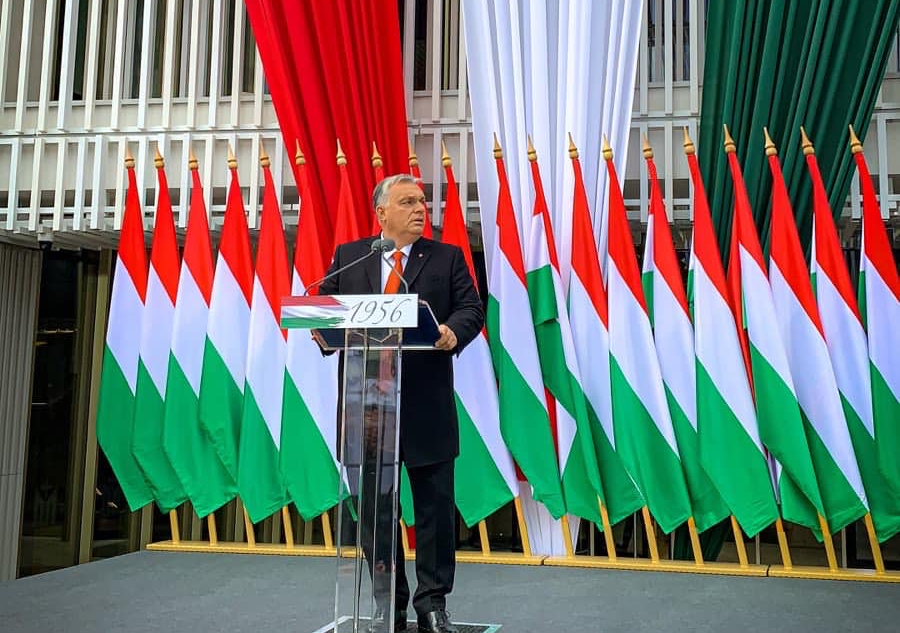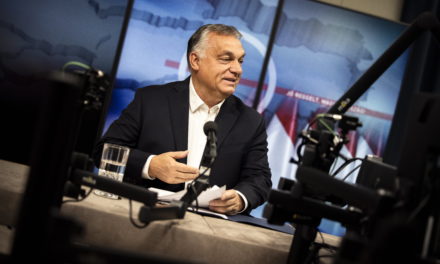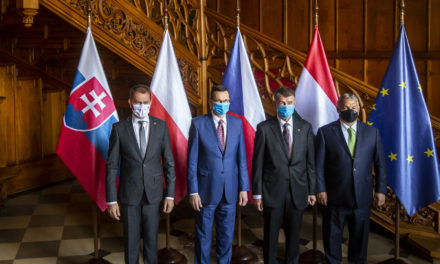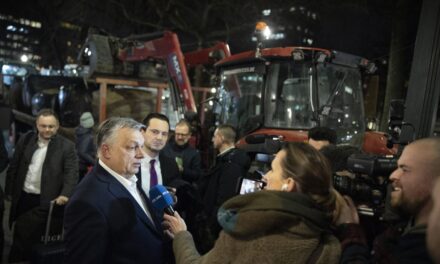The Prime Minister is visiting the European Capital of Culture this year on the occasion of the national holiday.
Veszprém was one of the most significant locations of the 1956 revolution, the biggest armed resistance against the Soviet troops took place here after Budapest. On October 22 and 23, commemorations will be held in Budapest at well-known locations of the 1956 revolution and freedom struggle, just like last year.
The organization of the National Guard began here, already on October 29. In addition, the city took on a huge role in ensuring Budapest's food supply, along with other settlements, during the revolution.
A prominent figure in the revolutionary events in Veszprém was the martyr Árpád Brusznyai, who was the president of the Veszprém County National Revolutionary Council from November 1, 1956. It is thanks to him that there was no armed struggle in the city during the revolution, because he did not give weapons to civilians, including university students.
After the revolution was crushed, 92 people were deported from Veszprém to the Soviet Union, which was the highest number after Budapest (a total of 850 Hungarians were imprisoned in Ukraine). On December 6, 1956, two thousand women demonstrated in Veszprém against the suppression of the revolution and the revenge of the communist regime.
Árpád Brusznyai was executed 65 years ago, in 1958.
Viktor Orbán gave a speech last year in Zalaegerszeg, at the presentation of the Mindszentyneum, which presents the life of József Mindszenty. The locations of the prime minister's speeches are symbolic: they clearly show that the 1956 revolution was a revolution for the entire country.












